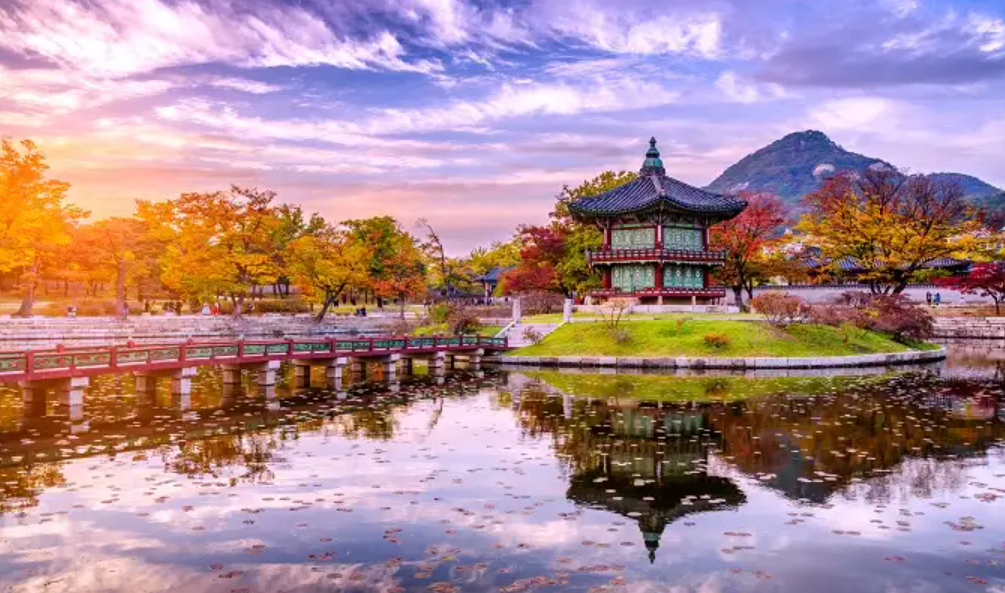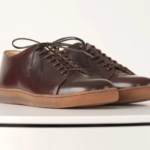Asia, and South Korea in particular, has become an incredibly popular tourist destination in recent years. If you have been planning a trip to South Korea for a long time but don’t know where to start, no problem. We have put together a short guide to Seoul and Busan for those who are in this country for the first time.
What to See?
People come to South Korea for different purposes: shopping, cosmetology, concerts and festivals, historical sites, parks and mountains, and much more. But no matter what you choose for yourself, one thing is important: Korea is very beautiful in the fall (no less than in the spring during everyone’s favorite cherry blossom season). In the fall, you can enjoy the incredible yellow ginkgo biloba and red maples. For travelers who enjoy a little excitement beyond sightseeing, 22 Bet sports betting platform can add a fun twist to your downtime in South Korea. Whether you’re a casual fan or a betting enthusiast, it’s a perfect way to stay engaged with global sports events during your trip.
There Are Two Main Cities on Our Route: Seoul and Busan
Seoul (서울특별시) is the capital of South Korea. The first thing you should do here is climb Mount Namsan and walk under the very same TV tower. You can climb to the top on foot, by bus or by cable car. From the top, there is a beautiful panoramic view of the city. There you can also buy souvenirs, send a postcard to friends or hang a lock with your partner. In addition to the tower and Mount Namsan, excellent places for walks are Seoul Forest Park (서울숲), Cheonggyecheon Stream (청계천) and Banpo Bridge (반포) with the park of the same name on the Han River (반포 한강공원), especially in the evening, when the lights and fountains are turned on.
The second point is the National Museum of Korea (국립중앙박물관), the largest in the Republic of Korea and one of the most visited in the world. Its permanent exhibition is located on three floors and is dedicated to the history of the state from the Paleolithic to the era of Unified Silla. Among the exhibits you can find national treasures, boxes and chests with mother-of-pearl, masterpieces of Korean painting, calligraphy and ceramics, objects of Korean Buddhist art and much more. In addition, on the third floor you can find halls of the cultures of the peoples of the world, distributed by country, for example: Japan, Ancient Greece and Rome, Central Asia, India, China and others. On the territory of the museum you can find another small one – the Hangul Museum (국립한글박물관), which is dedicated to Korean writing. The National Museum of Korea is free, and you can easily devote half or even the whole day to it.
Next up is Leeum (리움미술관), an art museum known for its design and contemporary art exhibitions. You need to buy a ticket at the ticket office on the first floor: the main exhibition is free, but the temporary ones will cost a total of 18,000 KRW. We also highly recommend taking an audio guide: unfortunately, the museum only signs the names of the exhibits and does not even provide brief information about them. The main exhibition of the museum is dedicated to the history of Korean ceramics, calligraphy, and Korean Buddhist art. But the temporary exhibitions of contemporary art are bright and interactive. Current prices and current exhibitions can be checked on the official website of the museum.
In this category of museums, it is worth adding MMCA: National Museum of Modern and Contemporary Art (국립현대미술관 서울). Exhibitions there change, and you can always check the current ones on the official website, as well as ticket prices. It is very conveniently located between the most famous Gyeongbokgung Palace and the so-called Bukchon Village, a street with traditional wooden houses. So these three locations can be included in one day of your Seoul tour.
From the Gwanghwamun (광화문) subway station, you can walk straight to Gyeongbokgung Palace through the square of the same name, where the statues of the Great King Sejong (세종대왕) and Admiral Yi Sun-sin (이순신 장군) are located. By the way, the legendary Gyebo bookstore (교보문고 광화문점) is located at the same subway station, where you can find foreign and Korean literature, various fashion magazines and textbooks, including Korean language books and textbooks for preparing for the TOPIK exam (Korean language proficiency test).
And since we are talking about Gyeongbokgung Palace (경복궁), which most people recommend as a must-see during your first trip, we highly recommend checking the changing of the guard in advance and not missing the National Folk Museum (국립민속박물관), which is located on the palace grounds. There is also another palace, Changdeokgung Palace (창덕궁), the only one that has preserved the architectural style of the Joseon Dynasty. It is located nearby, and if you wish, you can walk there or take a 15-20 minute bus ride. In addition to the palace complex itself, the territory also includes the Huwon Secret Garden (창덕궁 후원), which was the king’s recreation area with a pond and additional buildings. A tour of the garden is available for a fee, but is in English and takes about an hour. After the tour, you will be allowed to walk around the grounds on your own. While you wait for your turn in the Secret Garden, we recommend visiting another interesting place. In the same vicinity is the Buddhist temple of Chogyesa (조계사). On the territory, you can see not only the temple building itself, but also sculptures. It is active, so you can attend a service or, depending on the season, see decorations for the holidays.



